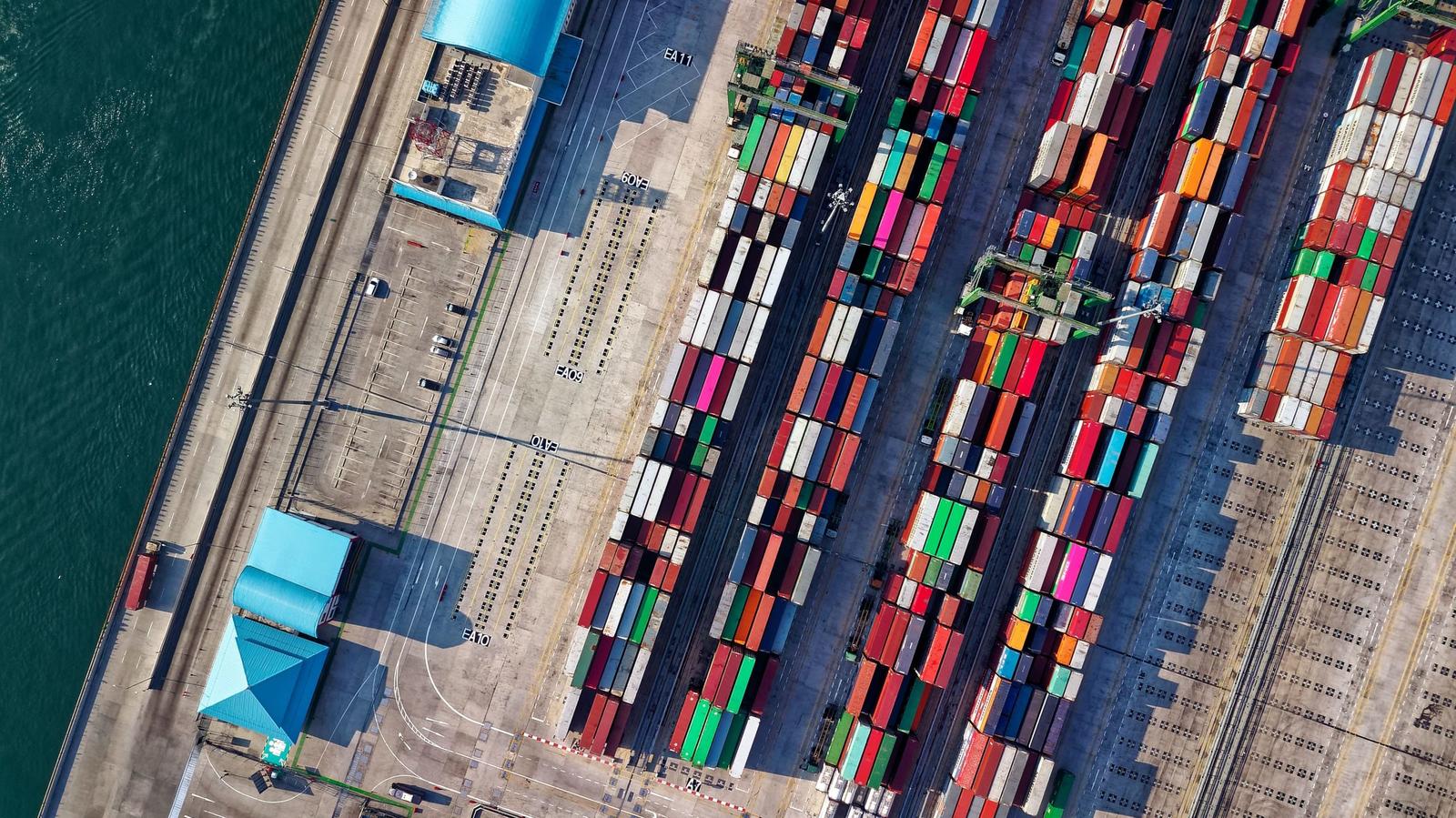By Debbie Shakespeare, Senior Director of Sustainability, Compliance, and Core Product Line Management at Avery Dennison RBIS
COP26 has had a significant impact on the apparel industry, with more companies now committed to becoming carbon neutral or working more sustainably. But what we now need is to turn promises into action.
A new wave of legislation is on the horizon – governments are putting plans in place to enforce change and ensure the total transparency of products. By doing so, this will ultimately reduce waste in the supply chain, improving the sector’s environmental impact.
With this in mind, companies are beginning to dip their toes into carbon neutrality, such as small capsule collections that are deemed to be ‘sustainable.’ Unfortunately, there isn’t yet a full-scale commitment to becoming carbon neutral or achieving zero waste across all of their main lines. As it stands, companies are focusing on what they can control, which is often the tier one suppliers and consumers, but more focus needs to be placed on scope three, greenhouse emissions. This is outside of our supply chain and is more about the end life cycle of a garment.
A Numbers Game
Data is the most efficient way to achieve carbon neutrality, which means creating a circular supply chain for garments. Currently, brands provide little or no data to achieve this and governments are having to intervene with new legislation. Another problem is that without sufficient data on the garments to share with sorters and recyclers, operators can’t automate recycling processes, making it difficult to build a commercially-scaled facility that will actually make a profit.
What’s clear is that in order to reduce wastage, and ensure supply chains are carbon-neutral, data is needed to provide the linkage all the way along the supply chain.
More from Guides
- 10 Ways AI Is Changing What Talent Looks Like in Commodity Markets
- Best Alternatives To WhatsApp
- What Is the Difference Between Equity and Debt Financing for Startups?
- Startups in 2025: Why Digital-Readiness Matters from Day One
- How to Use AI to Automate Your Startup’s HR
- How to Use AI to Help You Write a Business Plan
- Internet Sharing and Network Privacy: Should You Use a Proxy Server?
- 10 Tips to Go Viral in the Pet Industry
Leading By Example
Avery Dennison is on track to deliver on its 2030 sustainability goals, and we hold suppliers to appropriate environmental and social sustainability standards. We originally defined our 2025 sustainability goals in 2015 and recently recast those goals based on the significant progress that’s been made thus far.
Successes include reducing greenhouse gas emissions by 48 percent, from the 2015 baseline, and achieving 96 percent certified paper use. In fact, our emissions reduction targets have recently been approved by the Science Based Targets initiative (SBTi) as consistent with levels required to meet the goals of the Paris Agreement. Additional key initiatives included joining forces with industry associations to advance circularity, reduce deforestation, and empower women through education.
But the most meaningful ESG contribution that Avery Dennison has achieved over the last half-decade is enabling transparency, traceability, and accountability for the apparel and retail industries through its digital and technology innovations, which allow industry leaders to see clearly what they can change to make an impact.
We have found that 70 percent of consumers are more likely to interact with QR since the pandemic. Using tech elements in garment labelling is what gives full traceability across the supply chain. This digital solution uses a physical washing label with a QR code that acts as a digital trigger, linking the label to an app and data platform. These intelligent care labels, provide garments with a digital passport detailing how the product was manufactured and the materials it contains, while also providing a ‘digital launching point’ for brands to extend their relationship with their customers.
Supply Chain Specific
Going one step further, one form of technology that is really aiding issues in the supply chain is RFID. This is specifically designed to take the waste out of the supply chain, so there’s a measurable, direct link between reduced waste in a supply chain and its carbon footprint. This is increasing the transparency and visibility within the supply chains and has undoubtedly improved the situation. It’s a tool that enables supply chains and helps provide that clarity, but there is still a long way to go.
We know this technology can play a key part in waste and carbon reduction, and it’s clear that RFID is becoming increasingly more vital to businesses on a mission to achieve carbon neutrality within their supply chains.



